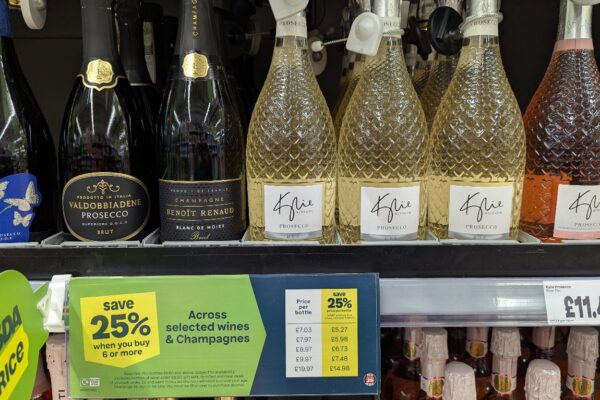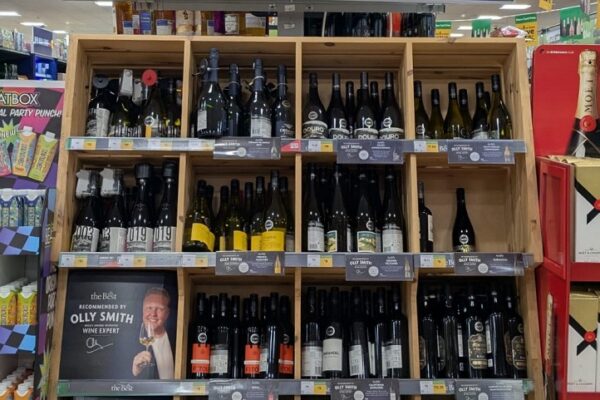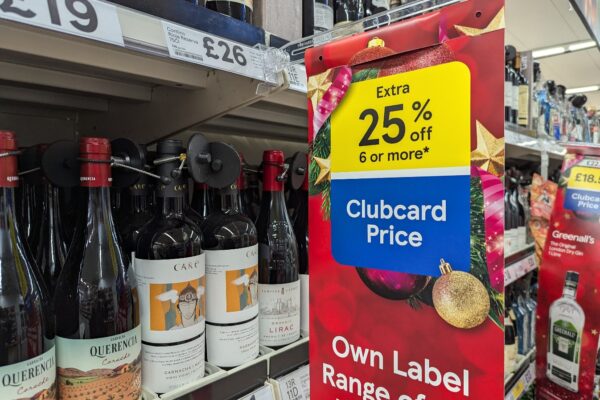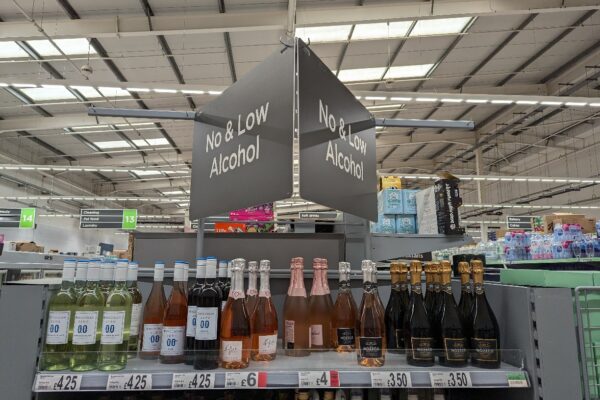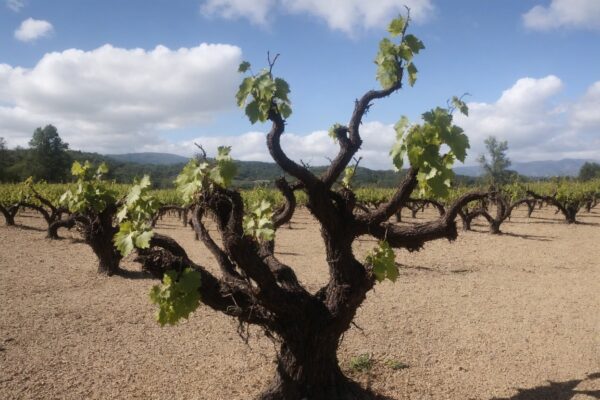
Susy Atkins, from the Telegraph Newspaper, highlights five Portuguese wines that offer unique and delightful flavours, diverging from common varietals like Malbec or Chardonnay. These wines, originating from various parts of Portugal, showcase the rich diversity and potential beyond the well-known ports and rosés. Here’s a summary of the wines along with their prices and suppliers:
Animus 2021, Douro – A red table wine made from the same red grapes used for port. It features juicy red plums and a hint of violets with a rounded texture. This wine is priced at £6.49 from Aldi. There’s also a more structured and tannic version, the Animus Douro Reserva 2021, priced at £6.79 from Aldi.
Morrisons The Best Alvarinho 2022, Vinho Verde – A dry and sophisticated version of Vinho Verde with a spritzy feel and notes of lemon and lime. It is excellent for pairing with grilled sardines and is available from Morrisons for £9.50, with a discount of 25% if you buy any three from ‘The Best’ range until April 28.
Quinta Vale do Olmo Golpe 2022, Douro – A white wine that blends Viosinho, Gouveio, and Rabigato grapes, offering zesty lemon and white grapefruit flavours with a hint of orange blossom. It’s priced at £14.90 and available from Tanners.
The Wine Society Generation Series Portuguese Red 2021 – A medium-bodied red wine blending grapes from Bairrada, Alentejo, and Dao, made by the Niepoort family to mark 150 years of The Wine Society. It boasts a balance of juicy red fruits and woody herbs, available for £17.50 from The Wine Society.
M&S Lisboa Bonita 2021, Lisboa – A robust red blend featuring 25% Syrah and five Portuguese grapes, with flavours of blackcurrants, prunes, and wood spice. It pairs well with grilled red meats and is priced at £11, available from M&S and Ocado.





